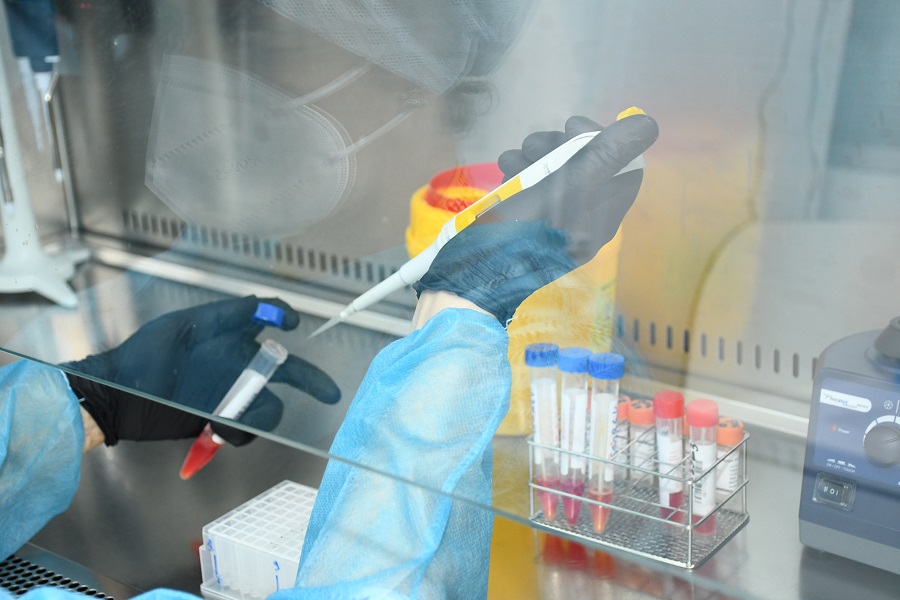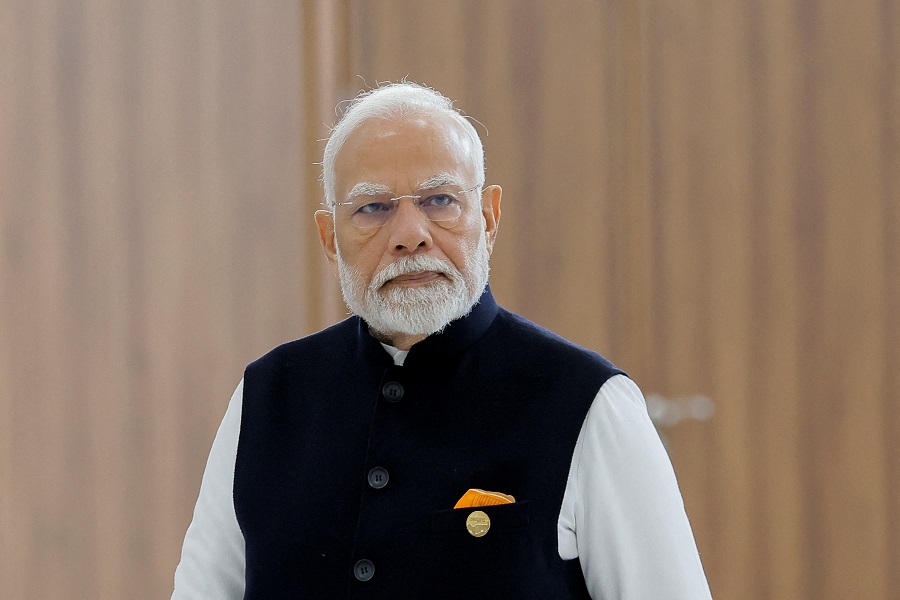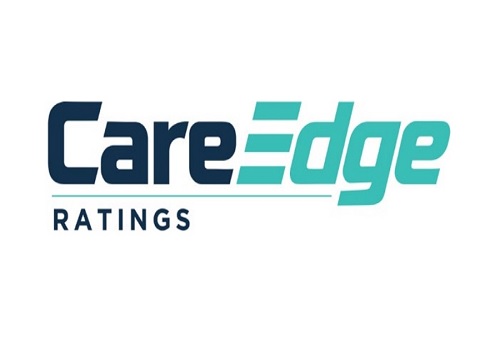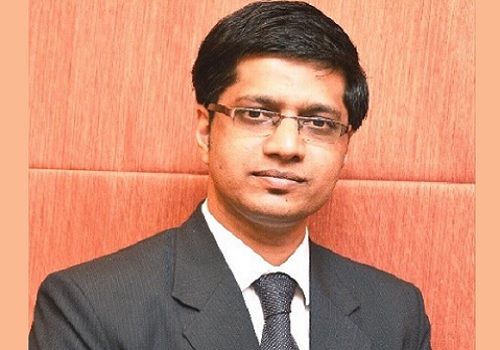Medtech leaders welcome government`s move to launch Rs 500cr scheme for medical devices

The government’s new Rs 500 crore scheme for the medical device industry will not only boost domestic manufacturing but also reduce reliance on import, said medtech leaders on Saturday.
In a bid to provide a big boost to the medical devices industry, the Union Minister of Health and Family Welfare Jagat Prakash Nadda, on Friday launched the "scheme for strengthening the medical device industry".
The comprehensive 5-in-1 scheme with a total outlay of 500 crores targets critical areas of the medical device industry covering manufacturing of key components and accessories, skill development, support for clinical studies, development of common infrastructure, and industry promotion.
The experts stated that the need and importance of self-reliance on medical devices was felt the most during the recent Covid-19 pandemic which raised a significant need for medical kits, syringes, ventilators, masks, and PPE kits. Although the budget is small, it will act as motivation for the industry, they said.
"You saw that during the Covid, the whole country was put under lockdown because we did not have medical devices, which were necessary to fight the war. For four months, we were collecting materials, like making ventilators, masks, and PPE kits. I think the country understood the importance of medical devices then," Rajiv Nath, Forum Coordinator, AiMeD, told IANS.
“The budgetary allocation may seem small and humble but this is a groundbreaking strategy that will have a multiplier impact,” he added.
The medical device industry is an essential pillar of healthcare delivery.
From diagnostic machines to surgical instruments, and from stents to prosthetics, medical devices are critical for the prevention, diagnosis, and treatment of diseases.
India’s medical device market is valued at approximately $14 billion and is expected to grow to $30 billion by 2030.
"I completely agree that the medical devices scheme will provide healthcare sovereignty in a way that it is very important for us to be self-reliant in healthcare. During Covid, when this self-reliance was lacking, we felt its absence,” Pawan Chaudhary, Chairman of the Medical Technology Association of India (MTaI), told IANS.
“The scheme is a very good example of an evidence-based stimulation package. It is an inclusive scheme that would benefit start-ups and established companies and is poised to harness local and global currents,” he added.
Anish Bafna, Secretary, Nathealth told IANS: "The Rs 500 crore scheme for the medical device industry marks a major advancement toward boosting domestic manufacturing and reducing import reliance”.
The new scheme consists of five sub-schemes: common facilities for medical devices clusters; marginal investment scheme for reducing import dependence; capacity building and skill development for medical devices; medical device clinical studies support scheme; and medical device promotion scheme.
“There is a significant push to develop a robust local supply chain, thereby lowering costs and spurring innovation. In addition, the clinical study support will help companies generate critical evidence for regulatory compliance, facilitating market expansion,” Bafna said, who is also CEO and MD, Healthium Medtech.
The experts noted that these initiatives will provide a strong foundation to drive innovation, enhance self-reliance, and position India as a global leader in medical technology.
























